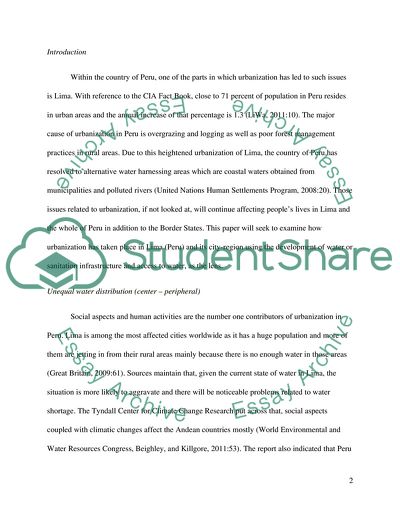Cite this document
(How Urbanization Has Taken Place in Lima Dissertation - 1, n.d.)
How Urbanization Has Taken Place in Lima Dissertation - 1. Retrieved from https://studentshare.org/social-science/1784668-examination-of-how-urbanisation-has-taken-place-in-lima-peru-and-its-city-region-using-the-development-of-watersanitation-infrastructure-and-access-to-water-service-as-a-lens
How Urbanization Has Taken Place in Lima Dissertation - 1. Retrieved from https://studentshare.org/social-science/1784668-examination-of-how-urbanisation-has-taken-place-in-lima-peru-and-its-city-region-using-the-development-of-watersanitation-infrastructure-and-access-to-water-service-as-a-lens
(How Urbanization Has Taken Place in Lima Dissertation - 1)
How Urbanization Has Taken Place in Lima Dissertation - 1. https://studentshare.org/social-science/1784668-examination-of-how-urbanisation-has-taken-place-in-lima-peru-and-its-city-region-using-the-development-of-watersanitation-infrastructure-and-access-to-water-service-as-a-lens.
How Urbanization Has Taken Place in Lima Dissertation - 1. https://studentshare.org/social-science/1784668-examination-of-how-urbanisation-has-taken-place-in-lima-peru-and-its-city-region-using-the-development-of-watersanitation-infrastructure-and-access-to-water-service-as-a-lens.
“How Urbanization Has Taken Place in Lima Dissertation - 1”, n.d. https://studentshare.org/social-science/1784668-examination-of-how-urbanisation-has-taken-place-in-lima-peru-and-its-city-region-using-the-development-of-watersanitation-infrastructure-and-access-to-water-service-as-a-lens.


